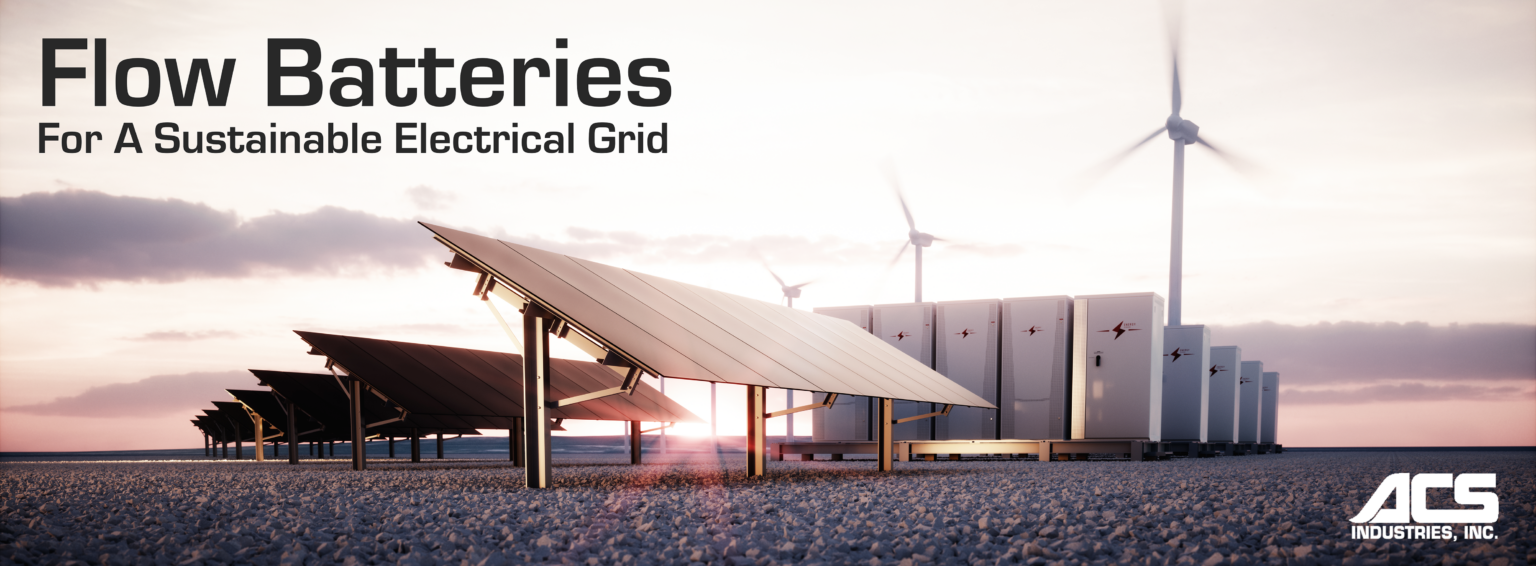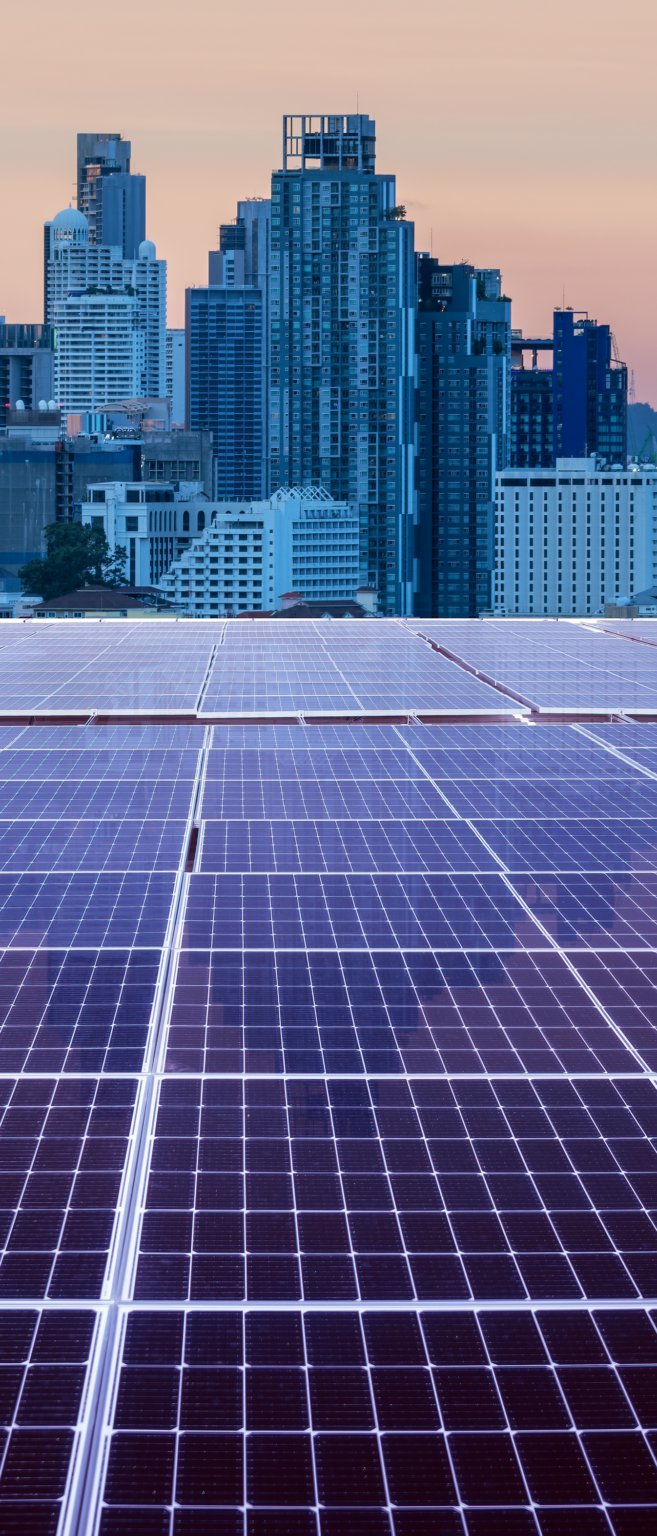The increased use of renewable energy sources around the globe creates some power-grid logistics problems. Renewable energy sources such as wind and solar are not consistent in their power generation levels and therefore a storage system is required to hold onto excess energy created in high production times to be saved for occasions of high demand. Today, lithium-ion batteries are the most commonly implemented solution for storing power-grid excess, but this technology is limited by short hours of battery life. A more effective energy-backup will be needed to provide security from large scale, long term, outages once we begin relying more fully on renewable energy sources.
Flow battery technology has existed for decades, with major global fossil fuel energy companies exploring the space as early as the 1970’s. At the time, the incentives were not in place to convince these companies to invest more seriously in flow battery implementation. Now that renewable energy sources and the conservation initiatives they support are gaining popularity across the globe, more companies are beginning to look into flow battery production as a profitable way to contribute to the modernization of our power grid.
At a basic level, flow batteries work by storing pools of positive and negative electrolytes and pumping them through porous electrodes separated by a membrane. When the device is delivering power, oxidation of the active material occurs at one side, with the electrons passing through the external circuit, generating power, and the reduction of the active materials occurs at the opposite side. When charging the flow battery, the oxidation and reduction sides are reversed. By controlling the electrolyte pool size, flow batteries have the capability of storing energy for far greater lengths of time than lithium-ion batteries can.
The flow battery market is expected to balloon substantially in the near future with forecasted CAGR of 22.8 % between 2023 and 2028 resulting in a 2028 market size of $805 million. As the market grows, the number of players in the space is also increasing and flow battery technology is diversifying as a result of this competition. The most prominent and commercially successful flow battery design in 2023 is the Vanadium Redox battery but some researchers are expecting hybrid flow batteries such as Zinc Bromine Hybrid Batteries to gain popularity at a faster rate than their more established alternatives over the next few years.
ACS is supporting the global transition toward green energy through the design and manufacture of components and assemblies for both electrolyzers and flow batteries. We are utilizing our extensive capabilities across woven and knitted metal mesh production, expanded metal production, stamping, heat treating, and other core manufacturing competencies paired with our experience in quality control at scale to produce high volume components engineered to fit perfectly into client applications. Fuel cell components we can produce include expanded metal current collectors, knitted wire as a superior alternative to nickel foam, flexible buss bars, automation of production including tab welding to expanded material, shielding mesh and more. Reach out to us today to find out how ACS can help you design and manufacture cutting edge, globally competitive, flow battery systems.


